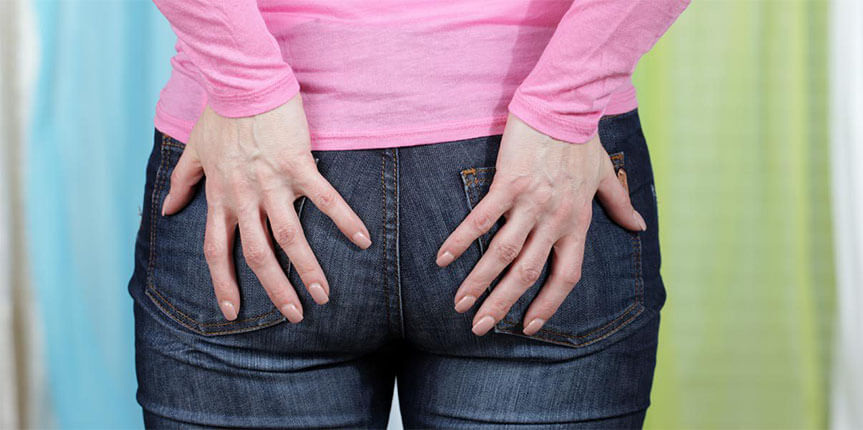You have had a pilonidal cyst removed. Depending on the surgeon’s preference, the incision may be down the middle of the buttock crease or off to the side an inch or so. There may be some stitches placed as well. In most cases the majority of the wound is left open to heal in gradually. Caring for this open wound properly is essential for wound healing and to decrease recurrence of the cyst. Because of the difficulty seeing the wound, it is best to have assistance from a spouse, parent or sympathetic friend in changing the dressing. After surgery, take it easy for the rest of the day.
Postoperative wound care
Following incision and drainage or excision procedures the wound should be packed with an alginate dressing. Following this the wound can be managed with foam dressing that forms in situ (eg Cavicare) and an appropriate secondary dressing. The foam dressing keeps the wound open preventing premature closure of the wound edges. However, a new stent needs to be made approximately every two weeks to allow for wound contracture and is contraindicated when there are signs of infection. Hair and any debris should be removed at every wound inspection and the natal cleft should be kept hair free by weekly shaving or use of depilatory agents.
You will be given a prescription for pain medication. Follow the directions given by your doctor for taking this medication. To avoid upset stomach, take your pain medication as prescribed with food in your stomach.
Anyone who takes these drugs should not drive, use machines, or do anything else that might be dangerous until they know how the drug affects them. Side effects may include: dizziness, nausea, sedation, vomiting, if these side effects occur, it may help if you lie down after taking the medication. If these symptoms do not go away after the first few doses, check with the physician who prescribed the medicine.
Call the office if you have any of the following:
- Excessive Bleeding
- Increasing pain
- Increased redness or drainage of the incision
- Fever 100.5 F, or higher
References
http://www.worldwidewounds.com/2003/december/Miller/Pilonidal-Sinus.html


